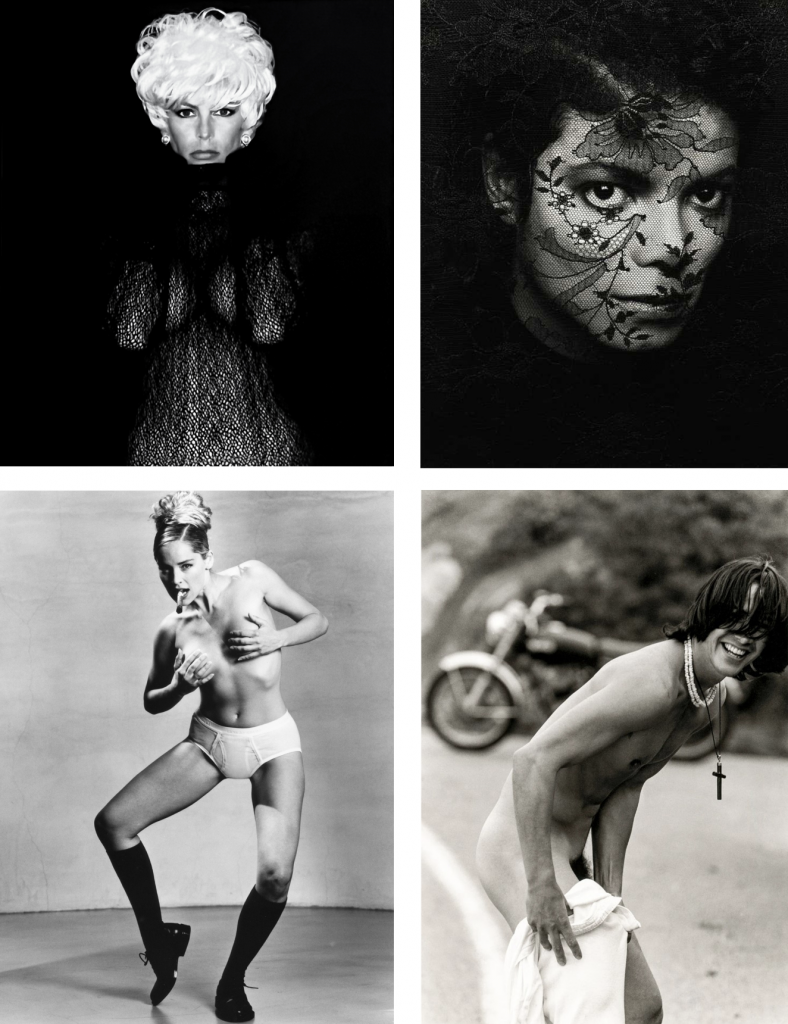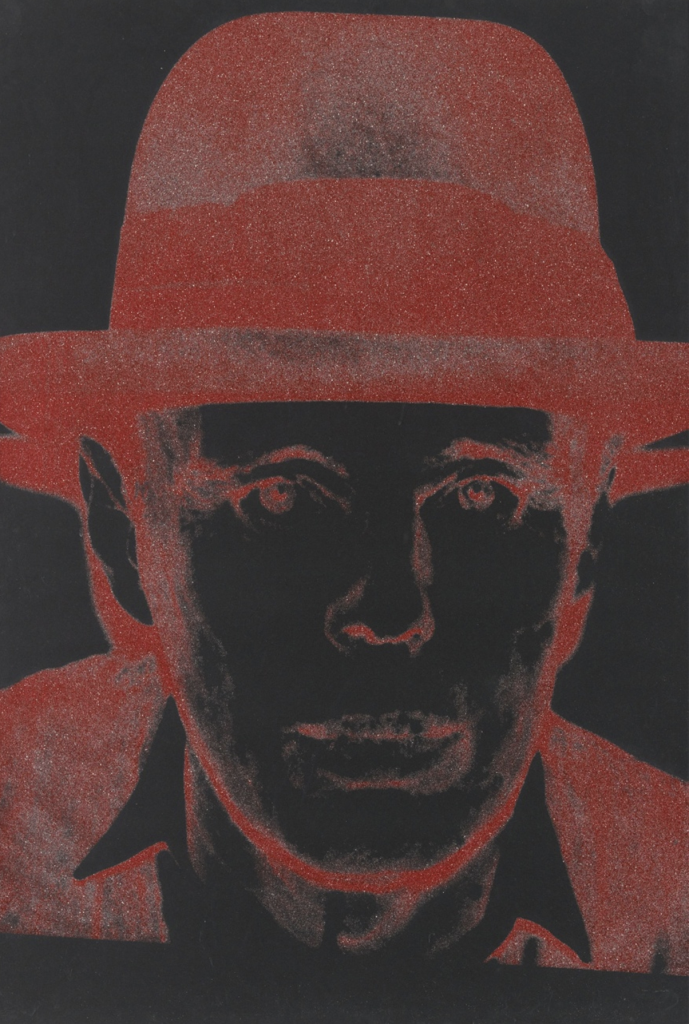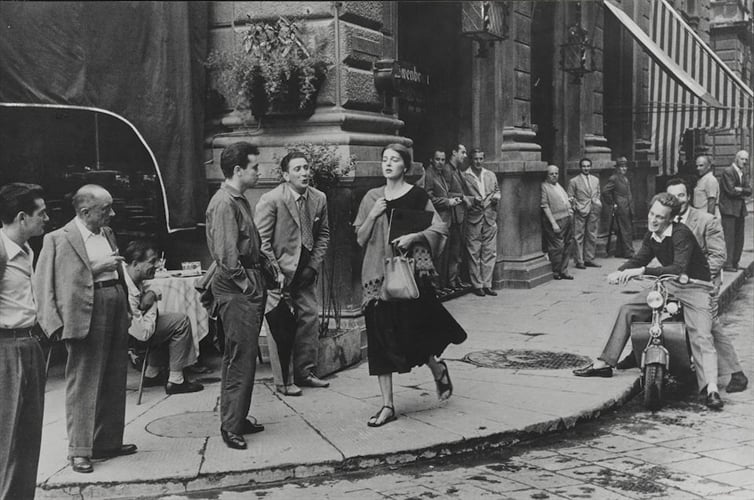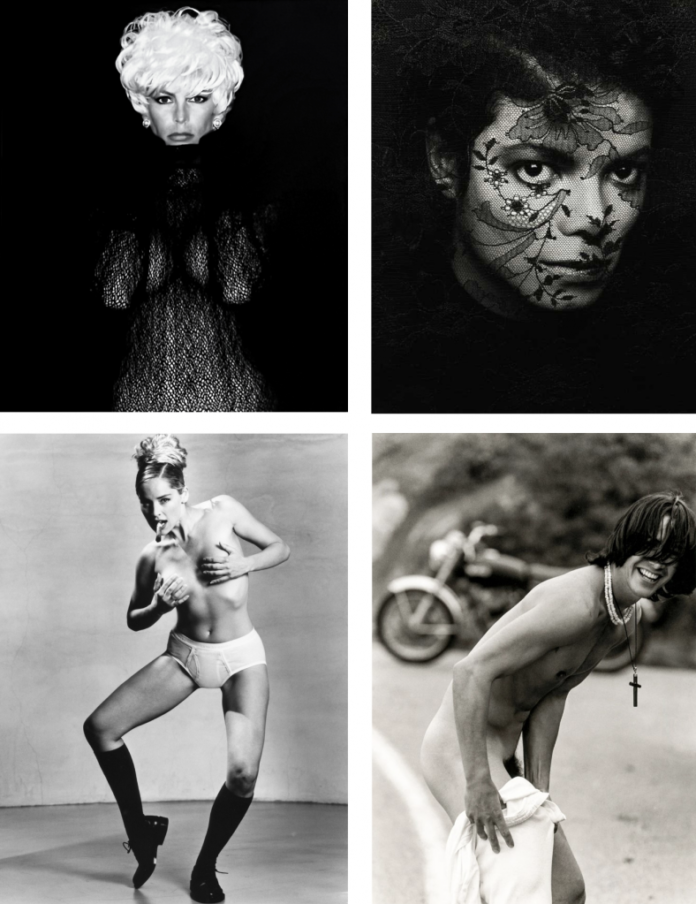Canadian collectors and philanthropists Salah Bachir and Jacob Yerex are selling a selection of celebrated photographs, prints, and works on paper on Artnet Auctions.
Bachir and Yerex have both made careers at the forefront of the arts and entertainment industry: Yerex as an artist and scenic painter in film and television, including the hit series Degrassi, and Bachir as the founder of Cineplex Magazine, the most-read magazine in Canada, and as president of Famous Players Media and of Cineplex Media, where he manages all the in-theater advertising in the largest theater chains in Canada.
This important Canadian collection is heavily influenced by both collectors’ work in entertainment and philanthropy, offering iconic images of acclaimed figures and works by Canadian and LGBTQ2S (Lesbian, Gay, Bisexual, Transgender, Queer, and Two-Spirit) artists. A portion of the proceeds from this sale will benefit The 519 Centre, Toronto, a city agency committed to the health, happiness, and full participation of the LGBTQ2S communities.
Anabel Wold, Artnet Auctions’s photographs specialist, spoke with Salah Bachir about the sale and his philanthropic efforts.
Read on to learn more about this stellar private collection, and bid now through June 29.

Greg Gorman, Selected Works (Jamie Lee Curtis, Michael Jackson, Sharon Stone & Keanu Reeves), circa 1990. Live now in An Important Canadian Collection on Artnet Auctions.
How has your tenure in the film industry inspired your collection?
It has affected the collection in many ways, as a result of the people I was able to meet and interview or become friends with. We have a lot of pieces by Greg Gorman, with whom we are close friends. In Gorman’s work, you can see a strong connection between photography and the film industry. Photographs can bring you closer to celebrity.
We have always displayed our collection in our offices. Numerous paintings, prints, and photographs hang floor to ceiling, salon style, or as some call it,“Salah Style.” We love to share the collection and have had several shows at galleries and museums. Our clients and friends often want to meet at the office for an art tour, and all our colleagues get to choose which pieces of art they would like in their workspace. It makes for a great work environment.
Can you tell us more about the 519? What is its mission, and what does this organization mean to you?
Established in 1975 and opened in 1976, the 519 has been the place to go if you’re coming out [as LGBTQ2S], and in need of literature, support, and counseling. The 519 also supports refugees coming from other countries, and those who are transitioning. It has been a world-renowned community center and integral part of the community in Canada.
We became involved with the 519, and led the capital campaign to raise money to renovate the center. We have donated money and have a wing named after us. We have also worked on many galas for the 519 with friends from the entertainment community. The first gala was headlined by an old friend, Eartha Kitt, and others have been headlined by k.d Lang, Andrea Martin, Diahann Carroll, Alan Cumming, Ben Vereen, and Patti LuPone.
How does activism and philanthropy align with your collecting practice?
Activism and philanthropy are part of our being which is reflected in the collection in many ways. We are patrons of artists, and we support their work and activism. We want images of protests and diversity reflecting the human struggle and survival on our walls to provoke a conversation.

Andy Warhol, Joseph Beuys: one print, 1980. Live now in An Important Canadian Collection on Artnet Auctions.
What types of work do you gravitate toward? Why photography in particular?
We have longstanding relationships with quite a few artists. It’s a process of understanding what the artist is trying to achieve. When you fall in love, you fall in love, and want to collect in depth instead of a one off.
Photography represents a moment in time. An image captured. Amplified. Whether it’s from the Civil Rights movement, AIDS protests, celebrations of sexuality and battles won, or political, sports, or film icons. I think the pieces of art on our walls “talk” to each other. It’s all about the human struggle, survival, and triumph. It’s a celebration.
We took Sam Wagstaff [the late curator and partner of Robert Mapplethorpe] to lunch a couple of times to discuss photography, but I never really got it. Why couldn’t anyone take a photograph? A painter or sculpture took months to do a painting. I read Susan Sontag’s book On Photography and wanted to know more. It took us a while to collect photography and to see the image as a unique moment frozen in time. It wasn’t lost on us seeing the photographs next to the Warhol’s to see how they interact together and the importance of the photographic portrait.
What advice would you give to a first-time collector?
Buy what you like. You’re going to live with it and put it on your walls. Understand what the artist is trying to achieve, and the history. Your tastes will change over time. Study and read and follow everything you can. It’s not like buying stock, it’s a much more enjoyable experience and a process.

Herb Ritts, Elizabeth Taylor, Bel Air, 1997. Live now in An Important Canadian Collection on Artnet Auctions.
What are your favorite works being offered in this sale? Why?
The Herb Ritts image of Elizabeth Taylor is such a powerful image of an icon and of her scar from brain tumor surgery. Ritts and Taylor had a special friendship, both heavily devoted to ending HIV and AIDS throughout the late 1980s and 1990s. Keith Haring’s Art Attack on AIDS, which was included in Artnet’s Embrace: Celebrating Pride auction, is also equally important to us as we have been heavily involved in raising funds for AIDS awareness, advocacy, and research.
What work do you wish you had bought when you had the chance?
Nothing and everything. We are very lucky to have more pieces than we ever imagined we would have. We miss many of the artists we lost during the AIDS epidemic.
You have become well known for your extensive collection of Warhols, which you have generously loaned and donated to institutions over the years. How did that happen?
Keith Haring first introduced me to him and his work. The more I knew Andy and his work the more I admired him. For me, coming out in the ’80s in New York and Toronto, and later during the AIDS epidemic, Andy represented everything. He was the most famous artist in the world, and he was gay. Everyone wanted a piece of Andy from presidents and royal figures to the trans kids in the village, and he gave them all access.
Andy revolutionized the art world for me and democratized it and made it accessible. When I began to see Andy as the revolutionary, the activist and the Gay Icon that led the way my admiration grew, and we had to have more in our collection. Andy made films and gay graphic sex drawings that inspired us before I knew of anyone else putting homoeroticism front and center. He was having fun with all of us and making fun of the tabloid press by saying he was asexual or a virgin with his lovers standing close by. And they reprinted it word for word.
It was Andy who said “if you want to know all about Andy Warhol, just look at the surface of my paintings and films and there I am. There’s nothing behind it.”
The last thing that impresses me about Andy is his generosity. His generosity to all his friends and promoting other artists and filmmakers and to people around him. I would see that firsthand. But perhaps to know Andy best would be to look at the Andy Warhol foundation. It has given more than $250 million in cash grants to more than 1,000 arts organizations and more than 52,786 works of over 322 institutions worldwide.

Ruth Orkin, American Girl in Italy, Florence, 1952. Live now in An Important Canadian Collection on Artnet Auctions.
One of my favorite works among the famous images in your collection is Ruth Orkin’s American Girl in Italy, Florence, 1952. Orkin grew up in Hollywood and was heavily influenced by its cliches. Aside from the obvious connection to cinema, what drew you to this image in particular?
We both instantly loved the American Girl in Italy. Florence is one of our favorite cities and just seeing her walking through so carefree and the men looking at her evokes the time and space. We had read all the stories of whether it was staged but prefer to go with Ninalee Craig’s description that they did the shot a couple of times almost like a movie scene: “They were having fun and so was I.” It was a carefree stroll.
Ninalee lived in Canada since 1978 and later moved to Toronto in 1996. We met her a few times at the opera. We had lent the piece on a couple exhibitions in Toronto and one of her friends and children and grandchildren went to see it and told her about it. She was very proud of it and jokingly once said maybe it should be retitled as Canadian Girl in Italy.
Follow Artnet News on Facebook:
Want to stay ahead of the art world? Subscribe to our newsletter to get the breaking news, eye-opening interviews, and incisive critical takes that drive the conversation forward.








